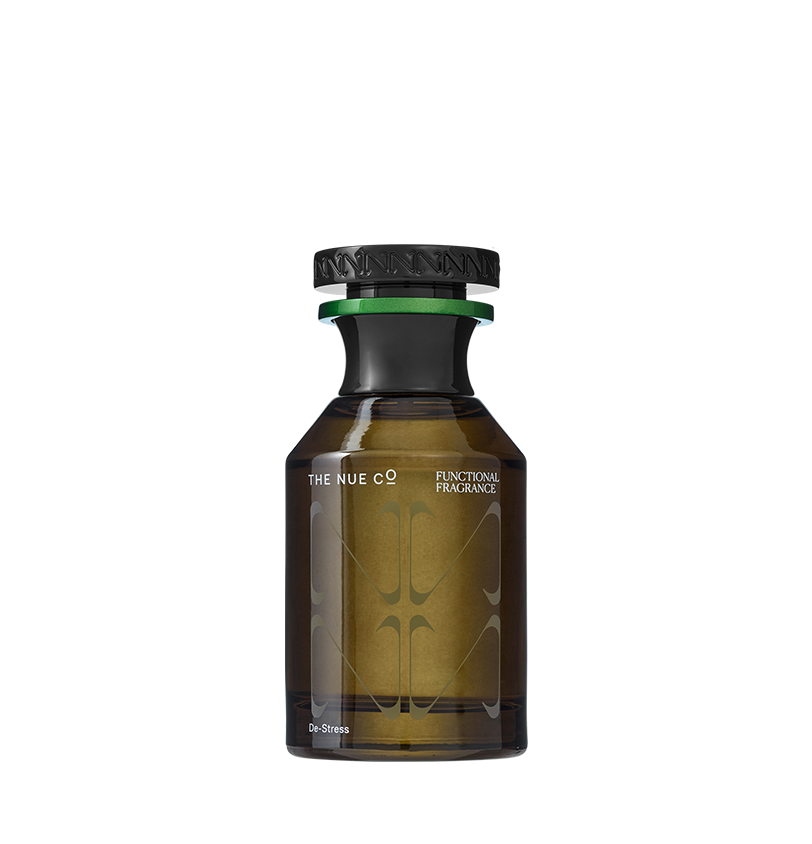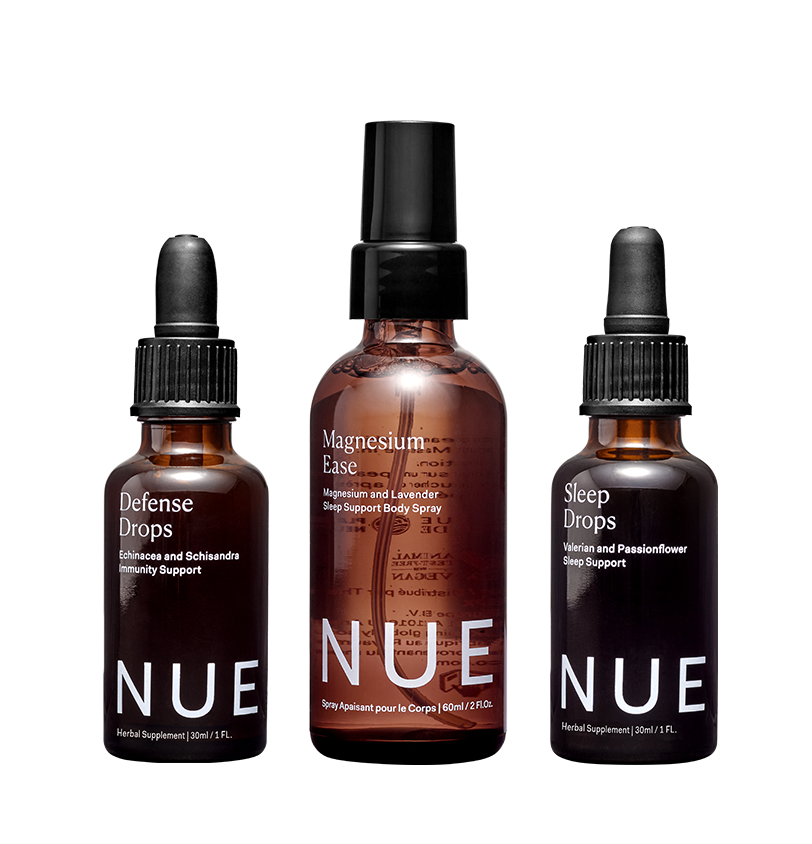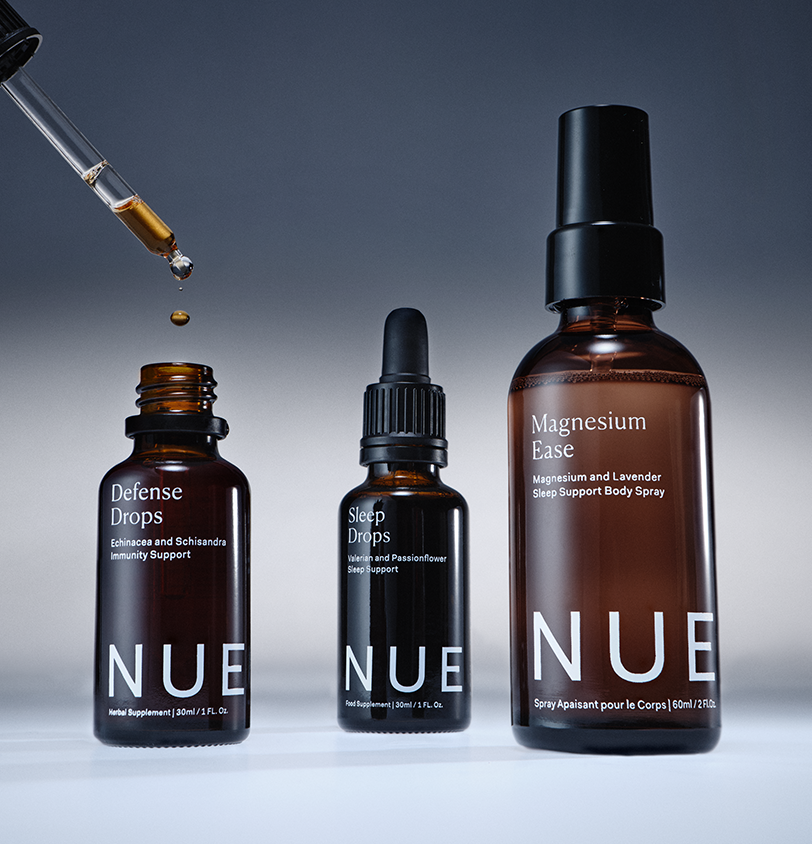Yoga Is For... Anxiety
As recommended by Mental Health America for treating anxiety, yoga can improve mood and overall wellbeing. SKY TING yoga studio’s class of grounding forward folds and calming breathwork, alongside gentle inversions and slower flows, help quiet the mind and relax the body into a more spacious and level state.
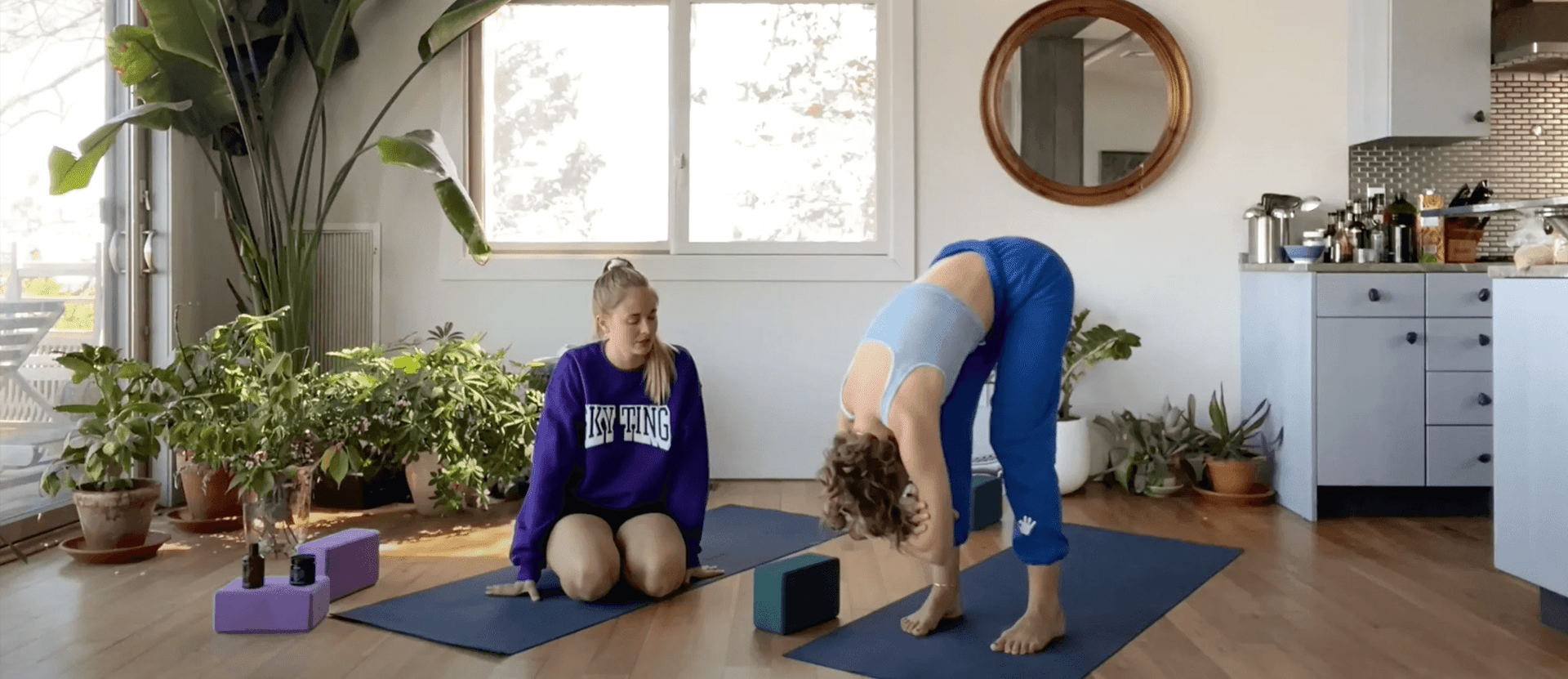
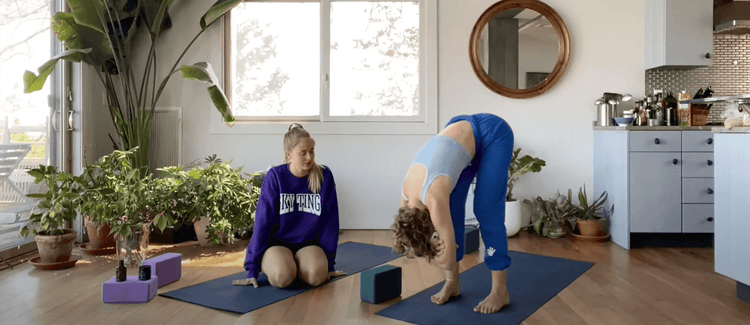
Mental Health America identifies anxiety disorders among the most common mental illnesses in America, affecting over 42.5 million (or 21%) of people every year. Although feeling anxious is an emotion that can often be felt before or due to an event, “anxiety in anxiety disorders is characterized by feelings of apprehension or unexplained thoughts of impending doom”.
These disorders include obsessive-compulsive disorder (OCD), phobias, post-traumatic stress disorder (PTSD), panic disorder, social anxiety disorder and generalised anxiety disorder. They may be mild or manageable for some yet severe for others, and can present a range of disruptive and distressing symptoms such as tiredness, lack of concentration, irritability, muscle tightness and difficulty sleeping.
To treat the worry and fear that comes with anxiety, addressing the thoughts and physical reactions in your mind and body can help retrain these psychophysiological symptoms. Among treatments like therapy, support groups and medication, lifestyle changes are also recommended— “Research shows exercise, meditation, and yoga can all improve mood and overall wellbeing. Research also shows the importance of nutrition and certain supplements in supporting the brain and mood” advise MHA.
To quell anxiety, co-founders Krissy Jones and Chloe Kernaghan of New York yoga studio SKY TING have created a class with grounding forward folds and calming breathwork, alongside gentle inversions and slower flows to help quiet the mind and relax the body into a more spacious and level state. The class is recommended alongside use of our anti-stress FUNCTIONAL FRAGRANCE — utilizing scent’s ability to directly access the three most important parts of the brain including the amygdala which is associated with emotions and mood. Using aromatherapy at the start of yoga practice is also a great way to open the session and a ritual to signify that a shift in energy is about to take place.
Krissy explains, “A more restorative class allows you to go deeper into your physical space, and drop your mind into your breath and into your body. Those are the three things we’re always weaving together in yoga—body, mind and breath, like we’re making a braid; we need a third of each in equal parts to really be integrated and get all the benefits and magic of this practice. Sometimes to feel better all we have to do is work with the breath.”
There are many studies that support the notion that breathing practice triggers body relaxation responses, including a reduction in anxiety, depression and stress. “Our go-to calming breath is called Sama Vritti, translated as ‘same fluctuation’” explain Krissy and Chloe—a technique also known as box breathing or square breathing. “For this we take a four part breath: an even inhale, inhale retention, exhale, and exhale retention. To center ourselves, we imagine each part of the breath is one side of a square, so you can draw the complete square with one full cycle of breath. We recommend starting with 3 counts for each part, and building your way up to 4-6 counts.”
The class begins with this technique “to calm the nervous system and level out your playing field so if you’re starting the class feeling wound up or anxious, hopefully it will get you into a calm state before you start moving. When you’re breathing in a state of rest and anti-anxiety, your belly will rise on the inhale and fall on the exhale. We call it a diaphragmatic breath in yoga where we’re trying to wind down the nervous system. We don’t want to breathe so high up in the chest, we want to bring the breath down low,” says Krissy. “Connect your hearing with your breathing. It’s like the nurturing sounds of the ocean of your mother’s womb; those types of sounds are really soothing for your nervous system.”

The class also incorporates Supported Seated Forward Fold or Paschimottansana, a calming fold that gives you a moment to turn in: “Forward folding is really good to do when you’re overwhelmed and there’s a lot of frenetic energy around, a lot of mental tension or stress.” Their favorite variation of this shape is with a soft bend in both knees and letting the forehead rest on a prop, which is also suggested for downward dog in the class: “Take all the nurturing moments you can right now, support yourself. You’ll notice that five points of contact in your down dog feels more stable, safe and hopefully more soothing,” says Krissy. “When we’re focusing on reducing anxiety, we’re going to stay in the poses for a bit longer, we’re going to bring the head down and flip upside down a lot so there’s more blood flow going to the brain. Down dog is a great inversion that’s not so agitating; it’s something you can hold for a while to reap the benefits of flipping your body over."

Anxiety can be felt in different areas of the body, commonly presenting as a clenched jaw, headache or a tight chest yet “One of our largest joints in the body and a common spot where we hold a lot of tension is our hips!” explains Chloe. “We love pigeon pose as a grounding hip opener that allows us to quiet down and release.”
